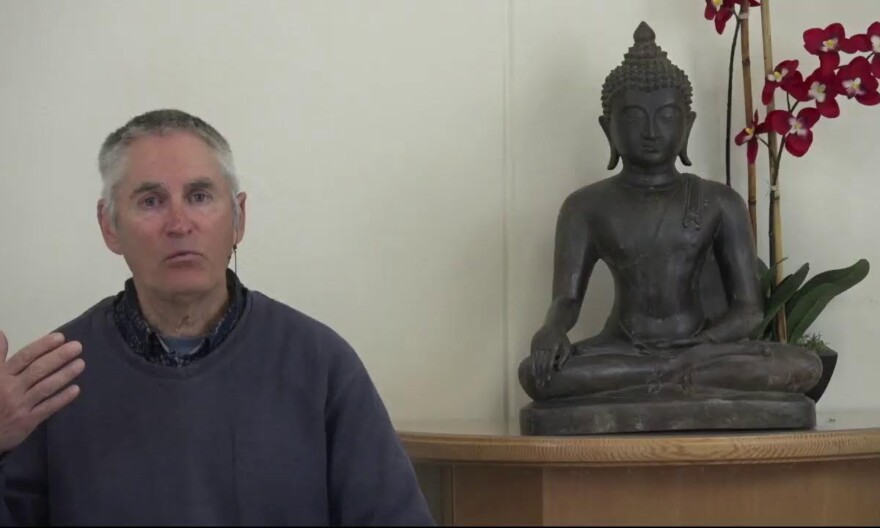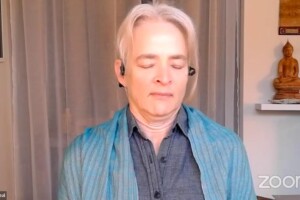
Welcome to our blog post on guided meditation and the wisdom of feeling emotions. In this 13th installment of our mindfulness series, we delve into the powerful practice of sensing emotions. As we embark on this journey together, we aim to uncover the transformative potential of embracing and understanding our emotional landscape. So join us as we explore the profound wisdom that lies in feeling emotions.
Introduction
Welcome to the 13th episode of our guided meditation series, “Wisdom of Feeling Emotions.” In this session, we’ll dive into the world of mindfulness and explore the power of sensing emotions. With the fast-paced nature of our lives, it’s essential to find moments of stillness and connect with our inner selves. Through mindfulness, we can learn to acknowledge and embrace our emotions, fostering a sense of self-awareness and understanding. So, grab a comfortable spot, close your eyes, and let’s embark on this transformative journey together.
Understanding Mindfulness
Before we delve into the practice of sensing emotions, let’s take a moment to understand what mindfulness is all about. At its core, mindfulness involves paying attention to the present moment with a non-judgmental and accepting attitude. It encourages us to observe our thoughts, sensations, and emotions without attaching ourselves to them or getting lost in their narratives.
With regular practice, mindfulness enables us to develop heightened self-awareness and cultivate a deep sense of compassion towards ourselves and others. It opens the doors to greater emotional resilience and empowers us to navigate life’s challenges with grace and equanimity.
The Power of Sensing Emotions
Sensing emotions is an integral aspect of mindfulness that allows us to tune into our emotional landscape. It involves consciously acknowledging and experiencing our emotions without suppressing or avoiding them. By becoming more aware of our emotional states, we can better understand ourselves and respond to life’s experiences more skillfully.
Here are some important techniques to guide you in sensing emotions during your mindfulness practice:
-
Body Scanning: Start by relaxing your body and scanning it from head to toe. Pay attention to any areas of tension or discomfort. Notice any emotions that arise as you explore different parts of your body.
-
Emotional Check-In: Take a moment to check in with yourself and identify the emotions you’re experiencing right now. Are you feeling happy, sad, anxious, or content? Acknowledge each emotion without judgment.
-
Breath Awareness: Focus on your breath as you inhale and exhale. Observe any sensations in the body that may be associated with particular emotions. Notice the rise and fall of emotions as you continue to breathe.
-
Labeling Emotions: As emotions arise, give them a name. By labeling our emotions, we create a sense of familiarity and detachment that allows us to experience them without being overwhelmed.
-
Curiosity and Inquiry: Approach your emotions with curiosity and inquire into their origins, triggers, and physical sensations. Explore the depths of your emotions with an open and non-judgmental mindset.
Practice Makes Progress
Like any skill, sensing emotions through mindfulness requires practice and patience. As you integrate this practice into your daily routine, you’ll discover the transformative power it holds. Remember, there is no right or wrong way to feel emotions – every emotion is valid and serves a purpose in our lives.
By developing a compassionate attitude towards ourselves, we can meet our emotions with kindness, allowing them to be our teachers rather than our adversaries. So, keep exploring the wisdom of feeling emotions and let mindfulness guide you to a place of inner peace and harmony.
Conclusion
In conclusion, the practice of sensing emotions through mindfulness invites us to embark on a profound journey of self-discovery. By cultivating a non-judgmental awareness of our emotions, we can foster a greater understanding of ourselves and our experiences. Through regular practice, we develop emotional resilience, compassion, and a deep sense of connection with our inner selves.
Don’t forget to explore our YouTube video on guided meditation, where you can find more insights on this topic. We appreciate your donations to support our mission of spreading mindfulness and well-being. If you have any questions or seek further guidance, please reach out to us. Our website offers a vast collection of audio talks and resources from our center.
FAQs After The Conclusion
- What is the best time to practice mindfulness?
- Can mindfulness help with managing stress and anxiety?
- Is it necessary to meditate every day?
- How long does it take to see the benefits of mindfulness?
- Can mindfulness enhance relationships and improve communication skills?





